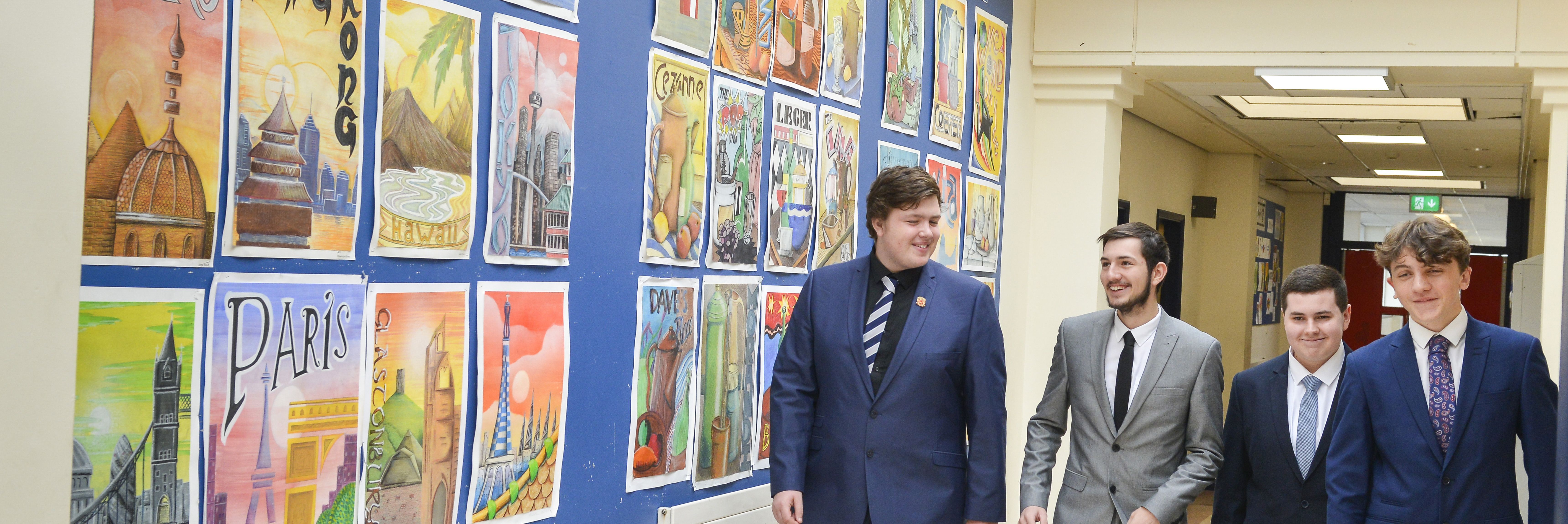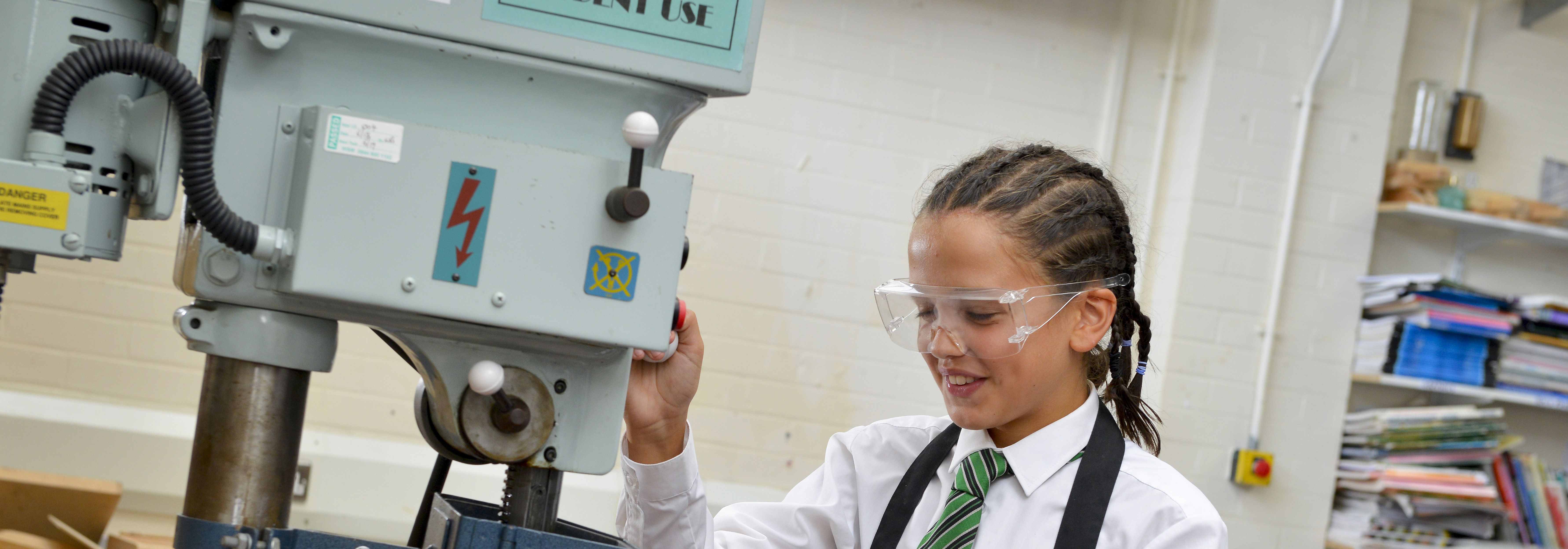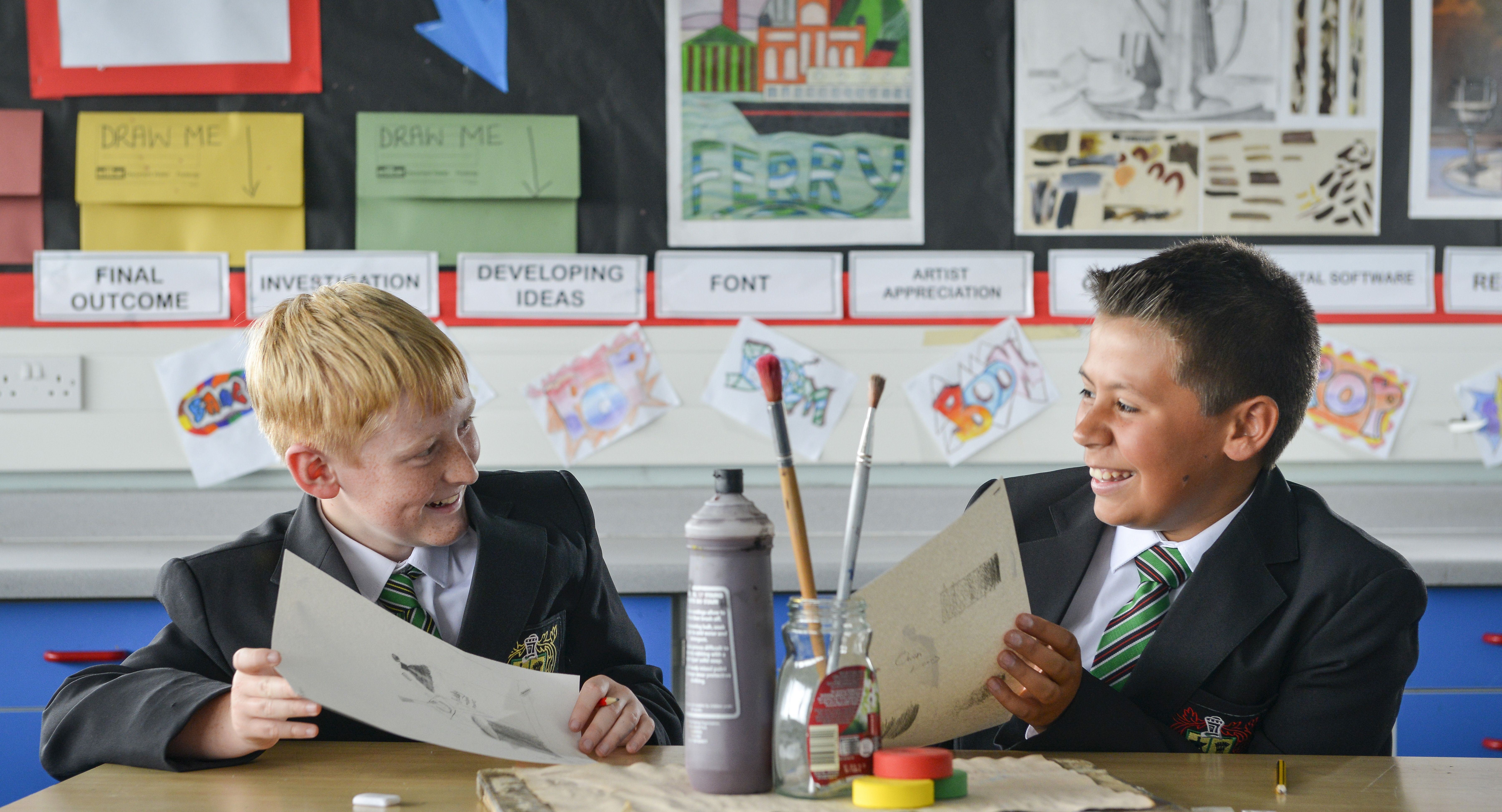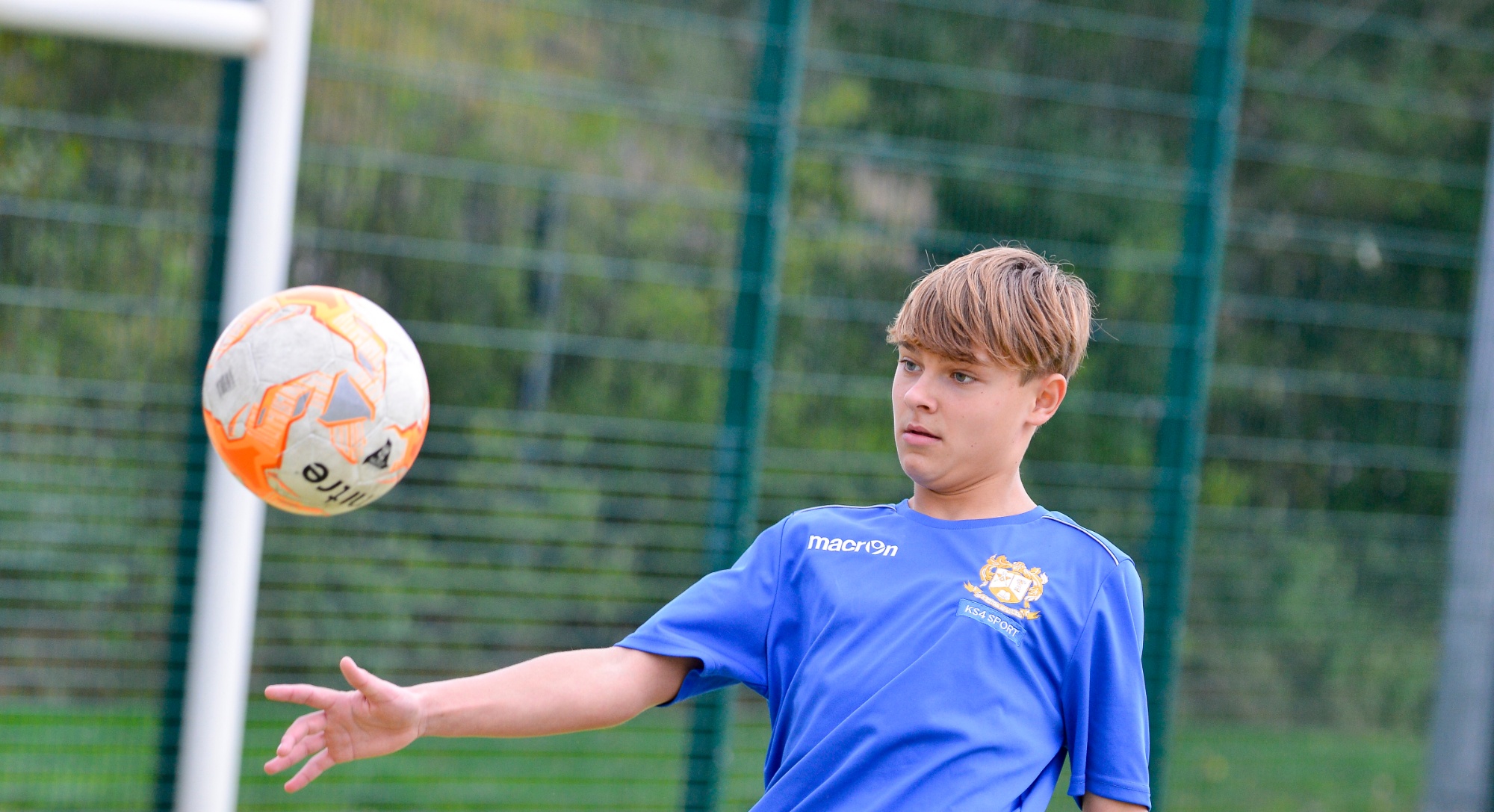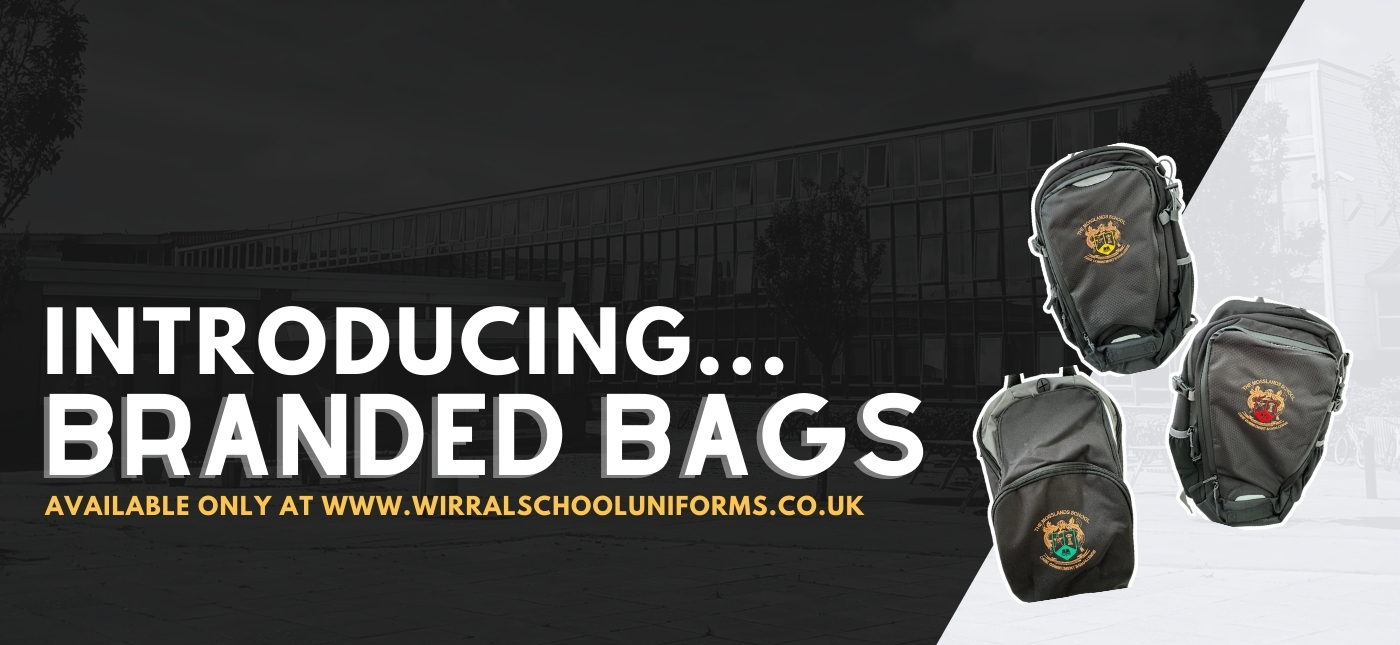The Knowledge and Skills overviews show the specific chemistry content students will learn in each unit of study throughout the year. These documents outline both the substantive knowledge (atomic structure, chemical bonding, and reaction types) and the disciplinary skills (laboratory techniques, quantitative analysis, and scientific methodology) that students will develop. Each unit is broken down to clearly identify what students need to know and what they should be able to do upon completion. Through the systematic development of both knowledge and skills, students build chemical literacy, experimental precision, and conceptual understanding of matter and its transformations appropriate to their stage of learning.
Select a unit to find out more...
Changing Substances
| Unit Progress Criteria |
| Knowledge |
Skills |
|
Chemical and Physical Changes
- Melting, evaporating, condensing, freezing and sublimation are examples of physical changes
- Physical changes do not change the chemical properties of a substance (e.g., boiling or melting point)
- A chemical change produces at least one new substance whereas in a physical change no new substance is produced
- A chemical change is usually irreversible whereas a physical change is reversible
- A chemical change can be indicated if there is a change in temperature, colour, smell, or if bubbles are produced
- Bubbles indicate that a gas is produced
- In a chemical reaction the atoms in the reactants rearrange to make the products
Chemical Equations and the Law of Conservation of Mass
- Chemical reactions can be represented by word equations or equations using symbols and formulae
- The number and type of atoms do not change in a chemical change and are only rearranged
- The Law of Conservation of Mass states that the total overall mass is conserved in a chemical change
- The chemical formula of a compound shows how many atoms of each element are in one molecule of that compound
- A subscript number within a chemical formula only applies to the part of the formula directly next to it on the left
- A coefficient is a ‘big’ number placed to the left of a chemical formula
- A coefficient applies to the element or whole compound beside which it is placed
- Balancing an equation is the action of changing the coefficients of a chemical equation so that the equation reflects the Law of Conservation of Mass
Chemical Reactions
- Metals react with oxygen to produce metal oxides
- The general equation for the reaction of a metal with oxygen is: Metal + oxygen -> Metal oxide
- Reduction is the loss of oxygen
- Oxidation is the gain of oxygen
- The reaction of a metal with oxygen is an example of an oxidation reactions because the metal gains oxygen
- Examples of oxidation reactions include combustion and rusting
- When a metal rusts, it reacts with oxygen to produce iron oxide (rust)
- The chemical formula for hydrochloric acid is HCl
- The chemical formula for nitric acid is HNO3
- The chemical formula for sulphuric acid is H2SO4
- Acids react with some metals to produce salts and hydrogen gas
- Acids are neutralised by alkalis (e.g. soluble metal hydroxides) and bases (e.g. insoluble metal hydroxides and metal oxides) to produce salts and water, and by metal carbonates to produce salts, water and carbon dioxide
- Alkalis and bases can be metal oxides or metal hydroxides
Tests for Gases
- A chemical change can be identified if there is a change observed by a chemical test
- The test for hydrogen uses a burning splint held at the open end of a test tube of the gas. Hydrogen burns rapidly with a pop sound
- The test for hydrogen is often called the squeaky pop test
- A ‘squeaky pop’ is caused by the hydrogen gas reacting with oxygen to produce water
- The test for carbon dioxide uses an aqueous solution of calcium hydroxide (limewater). When carbon dioxide is shaken with or bubbled through limewater the limewater turns milky (cloudy)
|
Disciplinary knowledge
- Repeatable means the investigation can be repeated using the same method and equipment and obtains the same results
- Reproducible means if the investigation is repeated by another person, or by using different equipment or techniques, the same results are obtained
Practical Skills
- Use of appropriate qualitative reagents and techniques to analyse and identify unknown samples or products including gas tests, flame tests, precipitation reactions, and the determination of concentrations of strong acids and strong alkalis
- Measure mass accurately
- Measure pH
|
Earth Systems
| Unit Progress Criteria |
| Knowledge |
Skills |
|
The Structure and Composition of the Earth
- The Earth consists of the core, mantle and crust
- Molten rock is found in the upper part of the mantle and the lower part of the crust
- Magma is molten rock found below the Earth’s surface and lava is molten rock found above the Earth’s surface
Types of Rock
- There are three types of rock: igneous, sedimentary, and metamorphic
- Igneous rocks form from magma or lava cooling
- There are two types of igneous rock: intrusive and extrusive
- The slower molten rock cools the larger the crystals that form
- Weathering is the breaking down of rocks into smaller pieces. The three types of weathering are physical, chemical and biological
- Erosion is the transport of rock from one place to another
- Sedimentation is the settling of rocks at the bottom of lakes and/or seas to form sediments
- Compression is the process during which bottom layers of sediment are pushed together due to high pressure
- Cementation results in particles of rock being bound together by minerals
- Sedimentation, compression, and cementation creates sedimentary rocks
- Metamorphic rocks form from sedimentary rocks and igneous rocks
- Metamorphic rocks form from intense heat and immense pressure
- Metamorphic rock forming is a physical change that isn't reversible
- The three different types of rock are linked by the rock cycle
The Water Cycle
- The water cycle provides fresh water for plants and animals on land before draining into the sea
- Water constantly evaporates from land, rivers, and the sea
- As water rises into cooler air it condenses, forming clouds, and is precipitated back to the surface of earth as hail, rain, sleet, and snow
- Surface run off and groundwater flow return water to rivers, lakes, seas or oceans
- All materials in the living world are recycled to provide building blocks for future organisms
- Excretion and decay release water from the bodies of animals and plants
- Animals release water in urine, faeces, and sweat
- Plants release water into the atmosphere during transpiration
- Respiration in the cells of living things produces water and carbon dioxide from glucose and oxygen
Burning Fuels
- Fossil fuels form over millions of years from the remains of living organisms
- The combustion of fuels is a major source of atmospheric pollutants
- Most fuels, including coal, contain carbon and/or hydrogen and may also contain some sulphur
- The gases released into the atmosphere when a fuel is burned may include carbon dioxide, water vapour, carbon monoxide, sulphur dioxide and oxides of nitrogen
- Solid particles and unburned hydrocarbons may also be released that form particulates in the atmosphere
- Sulphur dioxide and oxides of nitrogen cause respiratory problems in humans and cause acid rain
- Particulates cause global dimming and health problems for humans
|
Practical skills
- Obtain a clear image using a light microscope
- Determine densities of solid and liquid objects
|
Light
| Unit Progress Criteria |
| Knowledge |
Skills |
|
Properties of light
- Light transfers energy
- Light travels in straight lines
- Light can be absorbed, reflected or transmitted
- Light can travel through a vacuum (an area where there are no particles)
- The speed of light is 300000 km/s
- Transmitting light means light passes through, emitting light means light is given off
- Luminous objects emit light, non-luminous objects do not
- Transparent objects allow light to be transmitted
- Opaque objects do not allow light to be transmitted
- Translucent objects allow some light to be transmitted
- Shadows form when light cannot pass through an opaque object so there is no light behind it
Reflection
- All objects reflect some light, which is how we are able to see them
- Rough objects scatter light so it bounces off in many different directions
- Smooth objects (reflective materials) produce a clear reflection image
- The normal is an imaginary line drawn at right angles to a surface, from which angles are measured
- The incoming ray is called the incident ray
- The arrow on the incident ray points towards the surface
- The angle of incidence is measured between the normal and the incident ray
- The outgoing ray is called the reflected ray
- The arrow on the reflected ray points away from the surface
- The angle of reflection is measured between the normal and the reflected ray
- The angle of incidence is equal to the angle of reflection when light is reflected from a mirror or reflective surface
Refraction
- Refraction is when light passes from one medium to another
- Refraction is the change in speed of light depending on the medium’s density
- Light bends towards the normal when it travels from air into glass (because glass is more dense than air so light slows down)
- glass so light speeds up)
- Lenses refract light
- Convex lenses refract light to a focal point (where the rays cross)
- Concave lenses scatter light rays so do not produce a focal point
- The lenses in the eye are convex lenses
- Light passes through the pupil into the eye
- The light is focused by the lens onto the retina, which is the photosensitive tissue
- The retina sends signals to the brain via the optic nerve
Light and Colour
- White light is made up of the spectrum of colours (red, orange, yellow, green, blue, indigo and violet)
- White light can be dispersed into its different colours through a prism
- Red, blue and green are the primary colours of light
- Magenta, cyan and yellow are the secondary colours
- Mixing red and blue light produces magenta, blue and green produces cyan and red and green produces yellow
- When light hits a surface, some of the light is absorbed by the object and some is reflected
- Light that is seen by the naked eye is light that has been reflected
- The light that is reflected is the colour of the object in that light
- All light that is not seen by the eye has been absorbed
- Light that is seen by the naked eye is light that has been reflected
- The light that is reflected is the colour of the object in that light
- All light that is not seen by the eye has been absorbed
|
Disciplinary Knowledge
- Describe and explain specified examples of the technological applications of science.
- Calculate angular measurements in degrees
Practical Skills
- Draw a line of best fit
- Draw ray diagrams to represent reflection and refraction
- Making observations of waves in fluids and solids to identify the suitability of apparatus to measure speed, frequency and wavelength.
- Making observations of the effects of the interaction of electromagnetic waves with matter.
|





